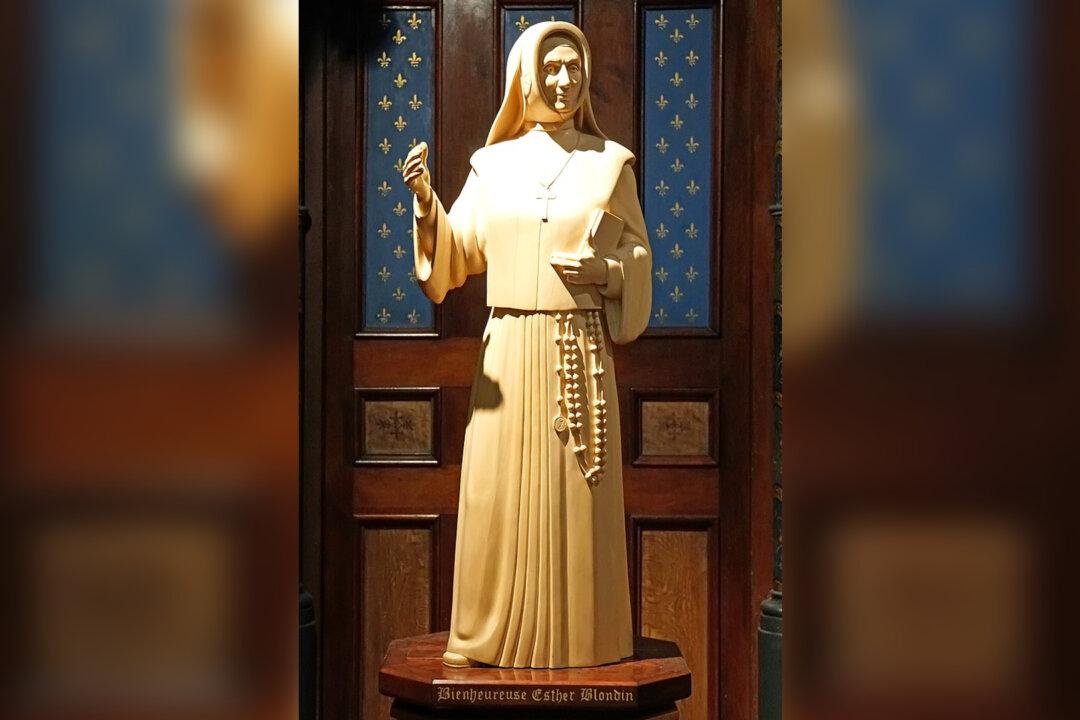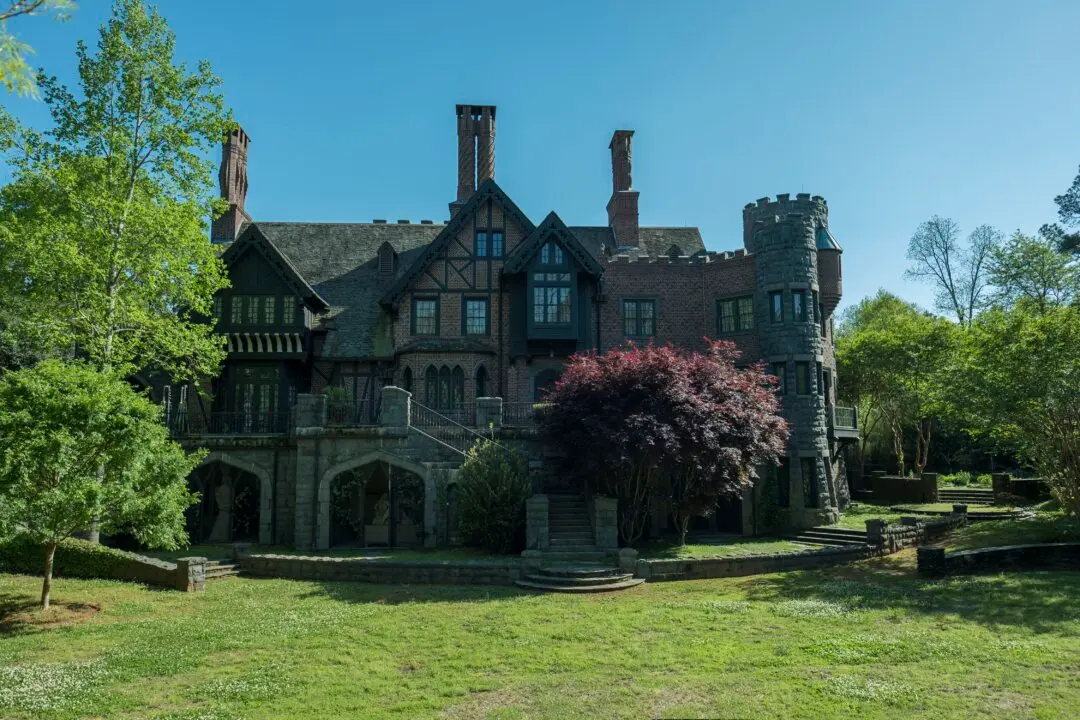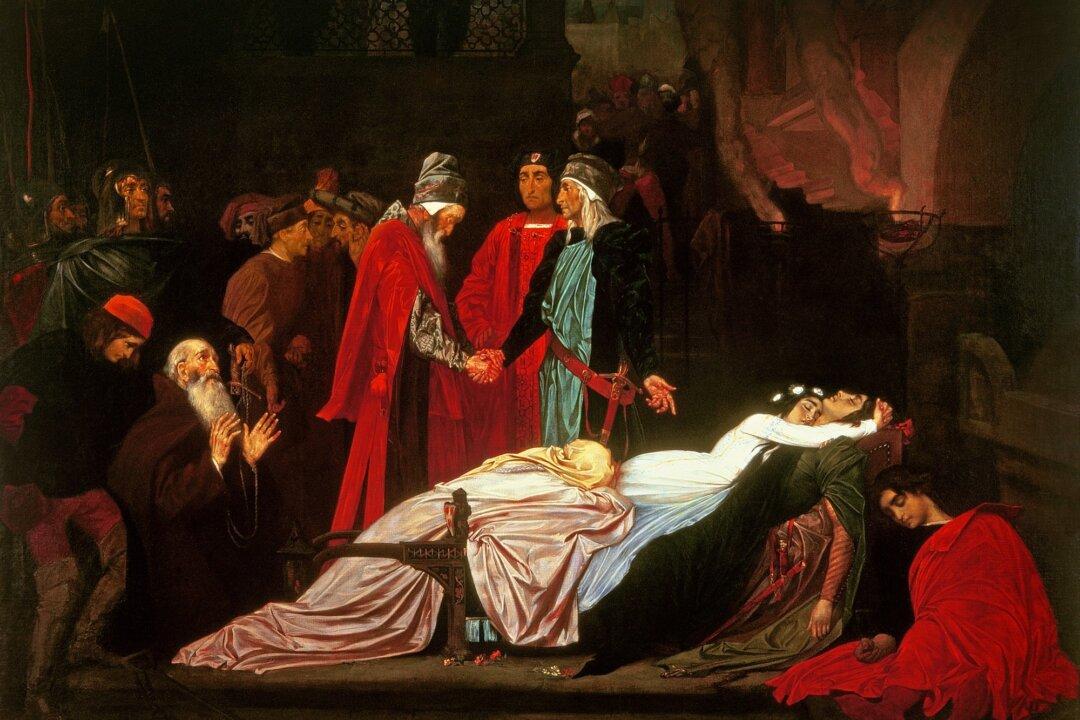Pure love for others, moral firmness, and just the right knack for handling injustice: These are three great abilities exemplified in the life of one 19th-century French Canadian woman.
Mother Marie Anne Blondin (1809–1890), foundress of the Catholic teaching order the Sisters of St. Anne, was a woman who knew how to act for the betterment of one’s social group, and at the same time, subordinate even this to ideals of goodness, truth, and love.





